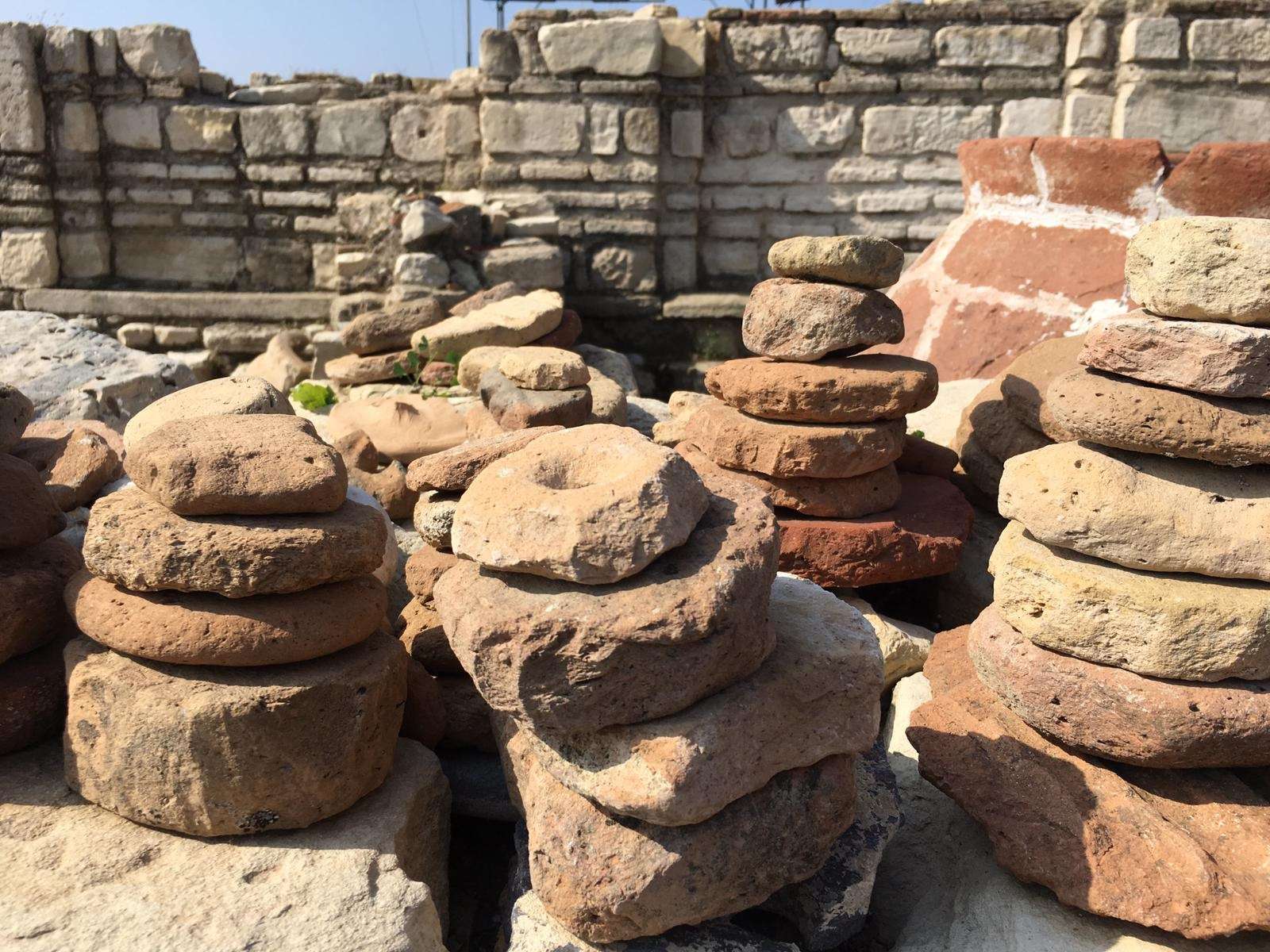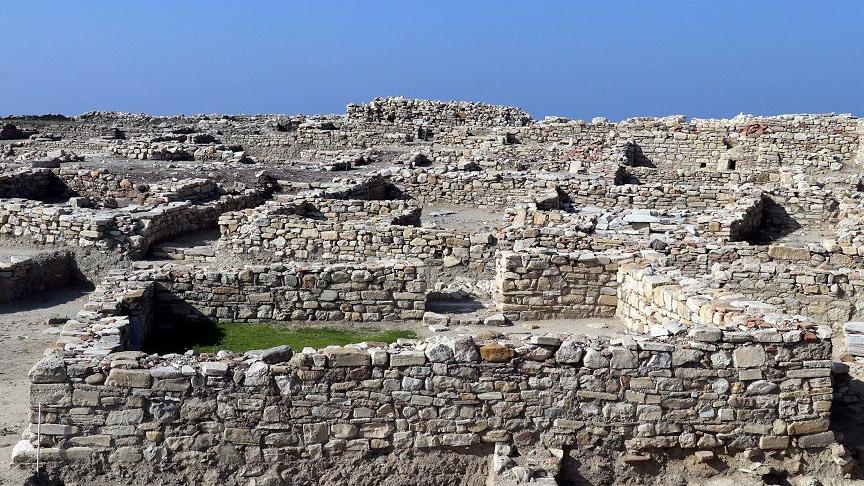Kadıkalesi Anaia : Tracing History in Kuşadası
A Hidden Gem in Kuşadası: Significance of Kadıkalesi Anaia




The Kadıkalesi Anaia Ancient City in Kuşadası offers a wealth of historical insight through its archaeological excavations. Located just 8 km from the town center, this ancient site is nestled among modern residential complexes.
The area is easily accessible via buses from Kuşadası, making it a must-visit for history enthusiasts.
The excavation work at Kadıkalesi Anaia took many years, with a dedicated team of archaeologists working tirelessly to uncover the layers of history that lie beneath. The excavations began in 2001 through a collaboration between the Municipality of Kuşadası, Ege University, and the Ministry of Culture and Tourism. Up until 2017, numerous surprising discoveries were made, and there is still much more waiting to be unearthed.
The settlement history of Kadıkalesi Anaia spans from the Prehistoric Era through to the Ottoman Empire, indicating that it has been inhabited by various civilizations over millennia. The site is strategically located where the strait between the Dilek Peninsula and the island of Samos could be monitored, making it a critical point for maritime trade on the Aegean Sea.
One of the most remarkable discoveries at the site is a large mound, 23 meters in height and 250 meters in diameter. Archaeologists have identified a 13th-century Byzantine castle atop this mound, which likely served as a fortification for the city. The castle is situated just 200 meters from the sea, highlighting its importance in safeguarding both the harbor and surrounding areas.


Kadıkalesi Anaia gained prominence as a religious center during the Byzantine period. When Christianity became the dominant religion in the region, the city evolved into a bishopric center, eventually rising to the status of an archbishopric in the 13th century. Archaeological evidence also suggests that ceramics and glass production were key industries during the Byzantine era.
In 2005, a monumental discovery was made when a church and monastery complex dating back to the 12th and 13th centuries were uncovered. These structures were likely built to serve the bishopric, underscoring the city’s significance as a religious hub during that time.
The archaeological team, led by Prof. Dr. Zeynep Mercangöz from Ege University, has unearthed an extensive infrastructure beneath the site, believed to date back to the 5th or 6th century. A basilica with columns was constructed during this period, and later renovations in the Middle Byzantine era saw the building adapted and reused. Earthquakes may have caused damage over time, but the resilience of the structure and its continued use highlight the site’s historical importance.
Kadıkalesi Anaia was integrated into Turkish hands around the 1300s and later came under the control of the Aydınoğulları and Ottoman Empires in the 14th and 15th centuries, respectively.
Today, visiting Kadıkalesi Anaia offers a glimpse into a rich past that spans multiple civilizations, making it an essential stop for those exploring the history of Kuşadası. The impressive architectural remains and the ongoing archaeological work add to the allure of this hidden gem.